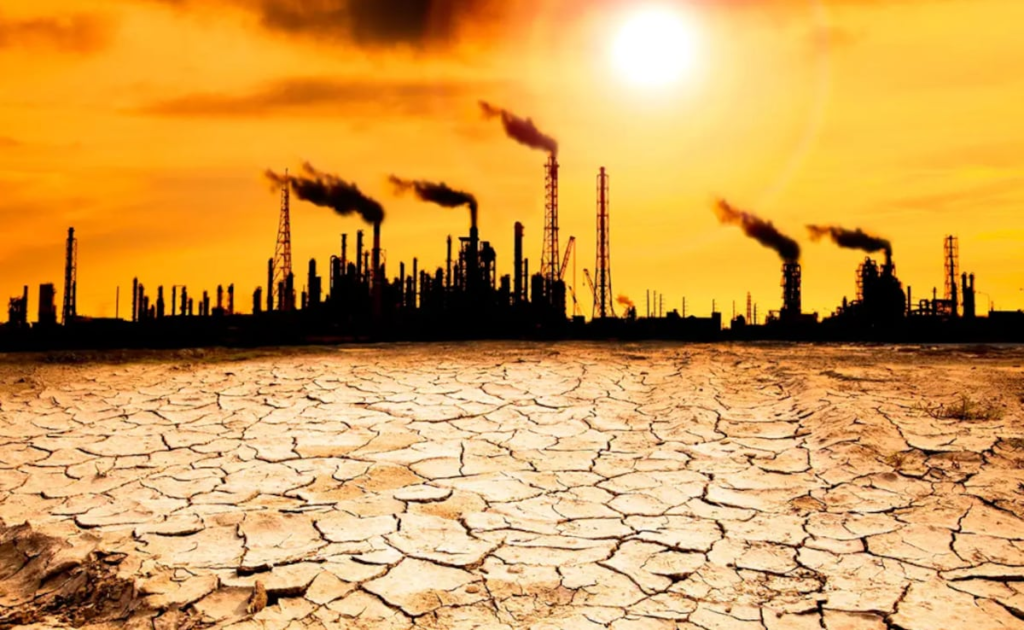The findings highlight the urgent need for action to mitigate global warming.
The relentless heat and humidity are taking their toll on every living thing on Earth. Wild animals seek out shade and water sources, and crops continue to wither under the relentless sun. This is affecting ecosystems, agriculture, and human health around the world.
Climate change is not a new problem, but extreme weather events are becoming more frequent and intense, exacerbating already-ongoing environmental degradation and making it urgent to curb global warming.
Extreme heat with high humidity can be deadly, and its incidence is increasing due to global warming. The body loses heat by sweating, but in hot and humid environments, sweating stops, causing your body temperature to dangerously spike.
To measure the amount of both heat and humidity, a wet bulb thermometer is used, a device that mimics the principle that sweat evaporates to cool the human body. When the humidity reaches 100 percent, there is no further heat loss and the wet bulb thermometer becomes equal to the actual temperature, which becomes very dangerous for the human body.
The WBT of 35°C has been considered for decades to be a critical threshold beyond which the body cannot cool itself, even in the healthiest individuals.
A recent study from Pennsylvania State University suggests that this threshold is actually even lower, around 31 degrees. Even people engaged in light tasks like cooking or showering have a constantly rising internal body temperature that can lead to loss of consciousness and death due to organ failure.
The elderly, children and people who work outdoors appear to be primarily at risk. Although a temperature of 35°C is still highly unusual, especially in Saudi Arabia, India and Pakistan, where temperatures closer to 31°C have been recorded recently, millions of people are at risk from global warming.

